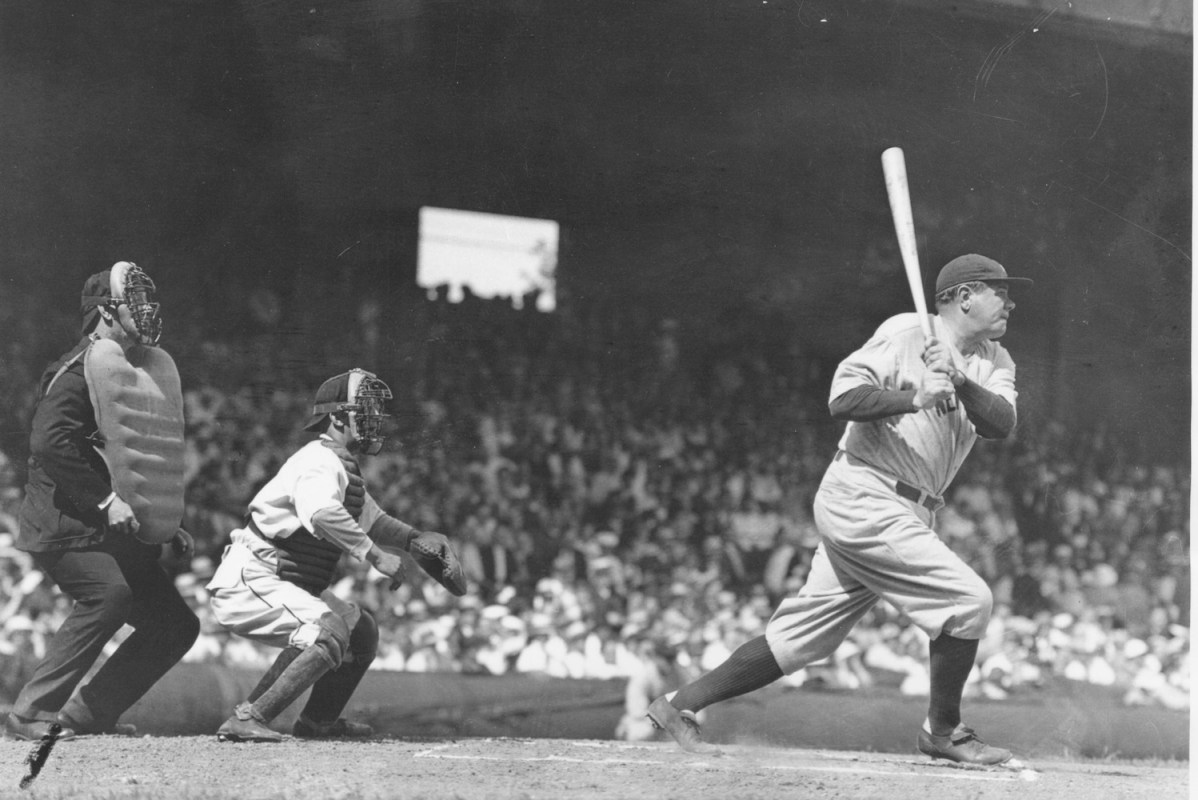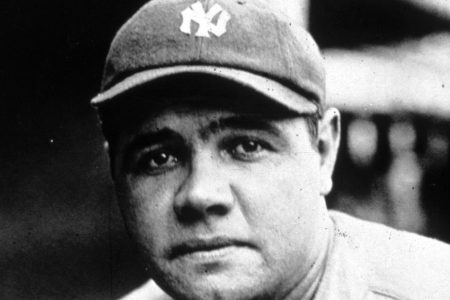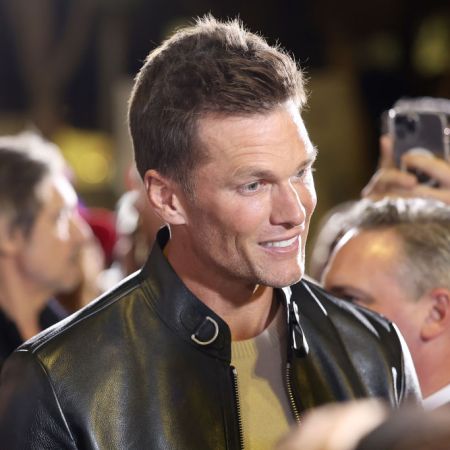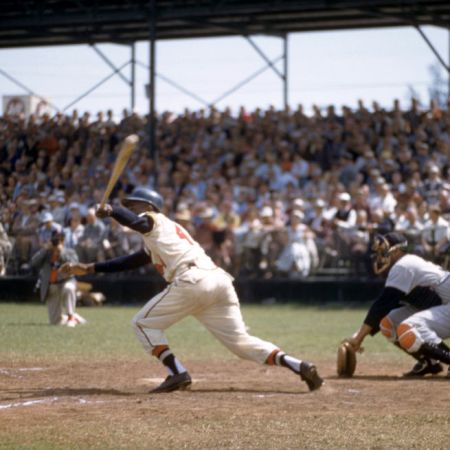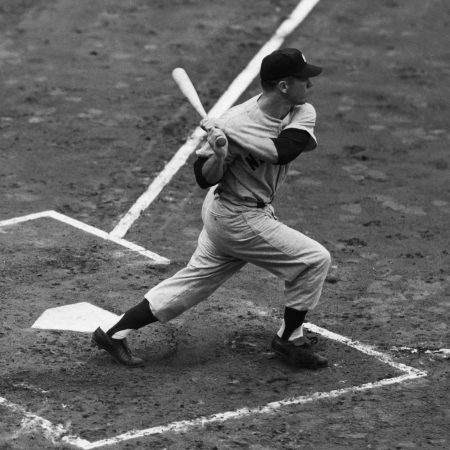I once went to an Eli Manning autograph session and asked him to sign a baseball. In true goofy Eli fashion, he let out a big, “WHUH!?” Then his assistant grabbed it off the table in front of him, and waved a finger at me and said, “Nuh-uh, no baseball,” like I was seven. Granted, I didn’t pay for the privilege of an autograph. My brother had. I just got to pose for a picture with the New York Giants quarterback, in which he flashed a really fake smile.
I only mention all this because after my much more reasonable and mature brother got Manning to sign an actual football, we walked over to another table where an authenticator sat. He affixed a kaleidoscopic sticker to the pigskin, and then I went back to the sports memorabilia store and returned my baseball for a full refund. But I thought about how important it was, from an investment standpoint, to get that proof-of-authenticity sticker. Then I wondered what people did to ensure any piece of sports memorabilia was the real deal when there weren’t sticker-wielding dudes sitting in the corner of a mall.
After reading today that a Babe Ruth bat only secured a record sale because it had “photographic corroboration,” I’m still wondering if much of the sports memorabilia industry stands atop a house of cards.
According to ESPN, Hunt Auctions announced that it sold a Babe Ruth baseball bat he used about 103 years ago to a private buyer for $1.85 million, the most ever for a bat. The previous record was $1.68 million, for another Ruth bat.
Babe Ruth Jersey Could Be Most Expensive Sports Memorabilia Piece Ever
The jersey could sell for as much as $4.5 million this SaturdayPart of the reason the record-breaking bat sold for so much was because it is the “only known example to offer photographic corroboration,” said the auction house.
“The ‘Polo Grounds’ bat, as it’s colloquially known for the stadium the New York Yankees played their home games in until 1922, is matched to a 1921 photo of Ruth swinging it,” wrote ESPN. “In February 2018, collector Justin Cornett purchased the bat at auction for $400,800 through Heritage Auctions without a photo match. At the time, the estimation was that it was used sometime from September 1920 to March 1922. PSA/DNA photo expert Henry Yee eventually matched the bat to a photo of Ruth from 1921, increasing its value exponentially.”
Added David Hunt, president of Hunt Auctions: “It is without surprise that the Babe has once again pushed yet another sports memorabilia category to record pricing territory. This baseball bat is as close to a work of art as the medium can allow.”
Great. But what about all the other presumably sticker-less old-timey stuff that’s sold in all the other sports memorabilia transactions?
There are authenticity specialists that many dealers and auction houses hire to beef up their credibility.
“In examining signatures, authenticators look at many things, starting with if the type of writing instrument used was available at the time,” wrote Auction Central News in 2021. “An autograph signed with a Sharpie before 1964 (when that marker was invented), for example, should raise a red flag. A signature is compared to known examples for things like structure, shape, style, speed, spontaneity, slant, scale, size, instrument pressure and live ink vs. machine manufacturing via an autopen or laser copy or other type facsimile preprint.”
There are also technological tools, such as a video spectral comparator analyzer that uses infrared imaging, magnification and other means of detecting fraudulent signatures and documents.
The PSA Authentication and Grading Services company also employs high-tech solutions to authenticate items like baseball bats and gloves. “By analyzing crucial details, such as the labeling that appears on the glove, the ordering and shipping records, the material, and labeling period, PSA’s authenticators will determine whether your glove was made for and ordered by MLB players throughout history,” the company explained on its website.
Other blogs advise that interested parties do extensive research and find things like receipts or letters from previous owners about the items in question.
Still, even PSA says the only way a piece of sports memorabilia can be declared authentic with absolute certainty, “the ultimate goal of any equipment authentication process,” is through photo matching, like what was achieved in the latest Babe Ruth bat sale. In the grand scheme of things, that’s a pretty rare occurrence. So no wonder fraud is “rampant” in the industry — and growing, according to multiple reports.
If you believe that guy on eBay has an authentic Hulk Hogan-autographed napkin, then I’ve got an Eli Manning-signed baseball to sell you.
Whether you’re looking to get into shape, or just get out of a funk, The Charge has got you covered. Sign up for our new wellness newsletter today.
